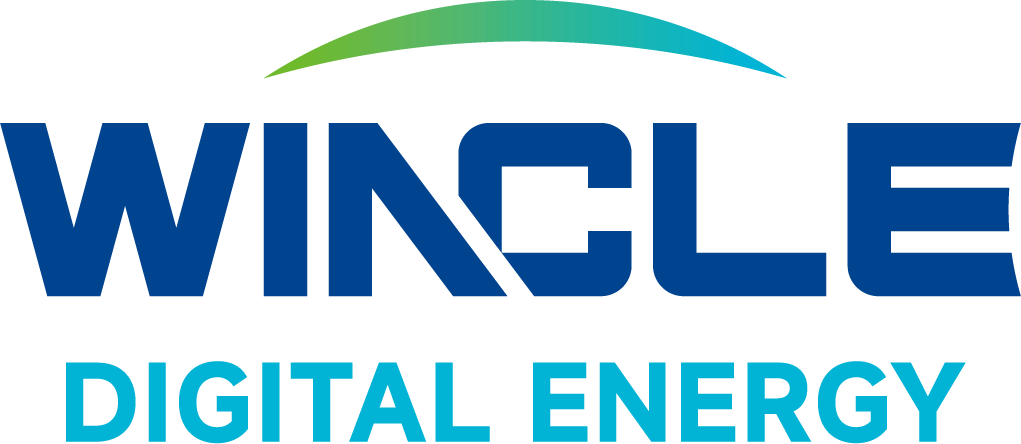The Advantages of Deploying Intelligent PV Micro-Grid Power Storage at Scale
Release time:
2025-03-05
Source:
The Advantages of Deploying Intelligent PV Micro-Grid Power Storage at Scale
Introduction to Intelligent PV Micro-Grid Power Storage
In today's rapidly evolving energy landscape, the deployment of **intelligent photovoltaic (PV) micro-grid power storage** at scale represents a significant leap toward sustainability and energy resilience. As governments and organizations seek to minimize carbon footprints while meeting energy demands, micro-grid systems offer a compelling solution. By integrating solar power with energy storage technologies, intelligent micro-grids can optimize energy production and consumption, ultimately leading to numerous advantages for both consumers and the environment.
Understanding the Mechanics of Intelligent PV Micro-Grid Systems
What is a PV Micro-Grid?
A PV micro-grid is a localized energy system that can operate independently or in conjunction with the main power grid. It harnesses solar energy through photovoltaic panels, storing excess energy for later use. This system ensures energy availability during peak consumption times and can seamlessly switch to grid power as needed.
The Role of Energy Storage in Micro-Grids
Energy storage is crucial for mitigating the intermittent nature of solar power. **Batteries**, particularly lithium-ion, play a pivotal role in this setup by storing surplus energy generated during sunny periods. This stored energy can then be utilized when solar generation is low, ensuring a constant power supply.
Key Advantages of Deploying Intelligent PV Micro-Grids
1. Enhanced Energy Efficiency
Scaling intelligent PV micro-grids enhances energy efficiency by allowing communities to produce and consume energy locally. This reduces transmission losses associated with long-distance electricity transportation. Moreover, intelligent micro-grids utilize real-time data analytics to optimize energy usage, ensuring that **wasted energy** is minimized.
2. Cost Savings for Consumers
One of the most notable benefits of PV micro-grid systems is their potential for **cost savings**. By generating their own electricity, consumers can significantly reduce their reliance on traditional energy suppliers and lower their electricity bills. Additionally, with the decreasing costs of solar panels and energy storage systems, the initial investment is increasingly becoming more affordable.
3. Grid Resilience and Energy Independence
Intelligent micro-grids offer enhanced resilience against power outages and grid failures. By operating independently, they provide communities with a reliable energy source, especially in areas prone to natural disasters. This energy independence is invaluable, giving users control over their energy supply and security.
4. Environmental Benefits and Reduced Carbon Footprint
Deploying PV micro-grids contributes to environmental sustainability by utilizing renewable energy sources. This transition from fossil fuels to solar energy significantly reduces greenhouse gas emissions, helping combat climate change. Communities adopting these systems can take pride in their contributions toward a cleaner planet.
5. Rural Electrification and Energy Access
Intelligent PV micro-grids are particularly beneficial for rural and remote areas where traditional grid infrastructure is lacking or costly to develop. They provide a feasible solution for electrifying communities, improving living standards, and enabling economic growth through access to reliable energy sources.
6. Integration of Smart Technology for Enhanced Management
The integration of smart technologies into PV micro-grids allows for efficient energy management. This includes the use of sensors, IoT devices, and artificial intelligence to monitor energy consumption and predict demand patterns. Such innovations lead to optimized performance and proactive management of energy resources.
Challenges in Deploying Intelligent PV Micro-Grids
While the benefits are substantial, deploying intelligent PV micro-grids at scale is not without its challenges. Understanding these hurdles is essential for successful implementation.
1. Initial Investment and Financial Viability
The upfront costs associated with installing PV micro-grids can be a barrier for some communities and organizations. Although costs are declining, securing funding and financial incentives remains essential for widespread adoption.
2. Regulatory and Policy Frameworks
Navigating the regulatory landscape can be complex. Policies around net metering, grid interconnections, and energy storage incentives differ significantly by region, which can impede the deployment of micro-grid systems.
3. Technological Integration and Compatibility
Integrating various technologies within a micro-grid—such as solar panels, energy storage systems, and management software—requires careful planning and compatibility assessments. Ensuring that all components work harmoniously is crucial for optimal performance.
Future Trends in Intelligent PV Micro-Grid Deployment
1. Advancements in Energy Storage Technology
The future of intelligent PV micro-grids will heavily rely on advancements in energy storage technology. Innovations in battery chemistry and efficiency will enhance storage capacity and reduce costs, making these systems even more attractive.
2. Policy Support and Incentives
As governments recognize the importance of sustainable energy solutions, we expect increased policy support and incentives for deploying PV micro-grids. This includes grants, tax breaks, and streamlined regulatory processes aimed at facilitating adoption.
3. Increased Community Engagement and Ownership
Community ownership models for micro-grids are gaining traction, allowing local stakeholders to invest in and manage their energy resources. This enhances community engagement and fosters a sense of ownership, leading to more sustainable practices.
Frequently Asked Questions (FAQs)
1. What is an intelligent PV micro-grid?
An intelligent PV micro-grid is a localized energy system that integrates solar energy generation and storage, allowing it to operate independently or alongside the main power grid.
2. How does energy storage work in a micro-grid?
Energy storage systems, such as batteries, store excess solar energy generated during the day for use during times of low generation, ensuring a continuous power supply.
3. What are the benefits of using solar energy in micro-grids?
Solar energy in micro-grids reduces costs, enhances energy efficiency, lowers carbon emissions, and provides energy independence, especially in remote areas.
4. Are there challenges to deploying PV micro-grids?
Yes, challenges include high initial investments, regulatory hurdles, and the need for technological integration.
5. What is the future of intelligent PV micro-grids?
The future includes advancements in energy storage technology, increased policy support, and community engagement models for ownership and management.
Conclusion
In conclusion, deploying intelligent PV micro-grid power storage at scale offers a multitude of advantages, from enhanced energy efficiency and cost savings to environmental sustainability and energy independence. While challenges remain, the future of solar-powered micro-grids looks promising, driven by technological advancements and supportive policies. Embracing these systems can significantly contribute to a more sustainable and resilient energy future, empowering communities and fostering a cleaner planet for generations to come.
intelligent PV micro-grid power storage
latest news












